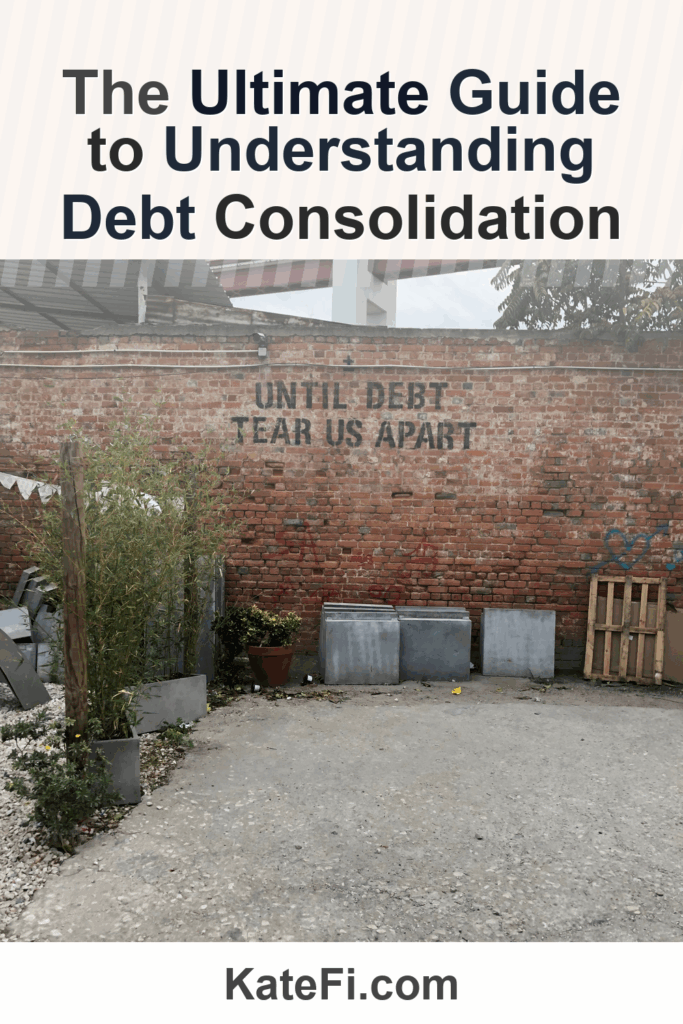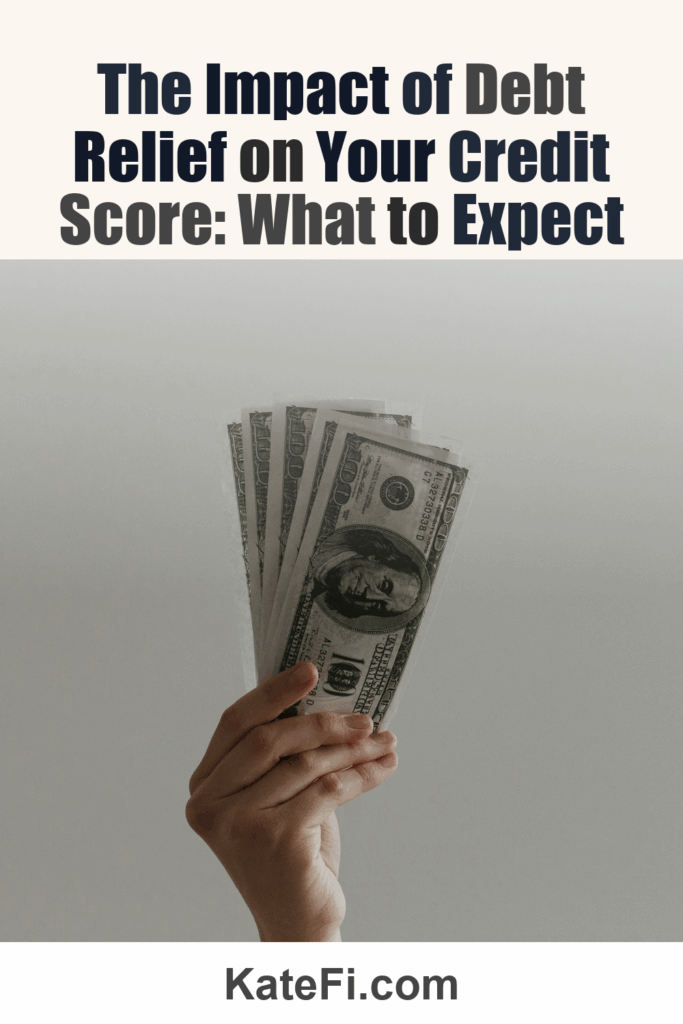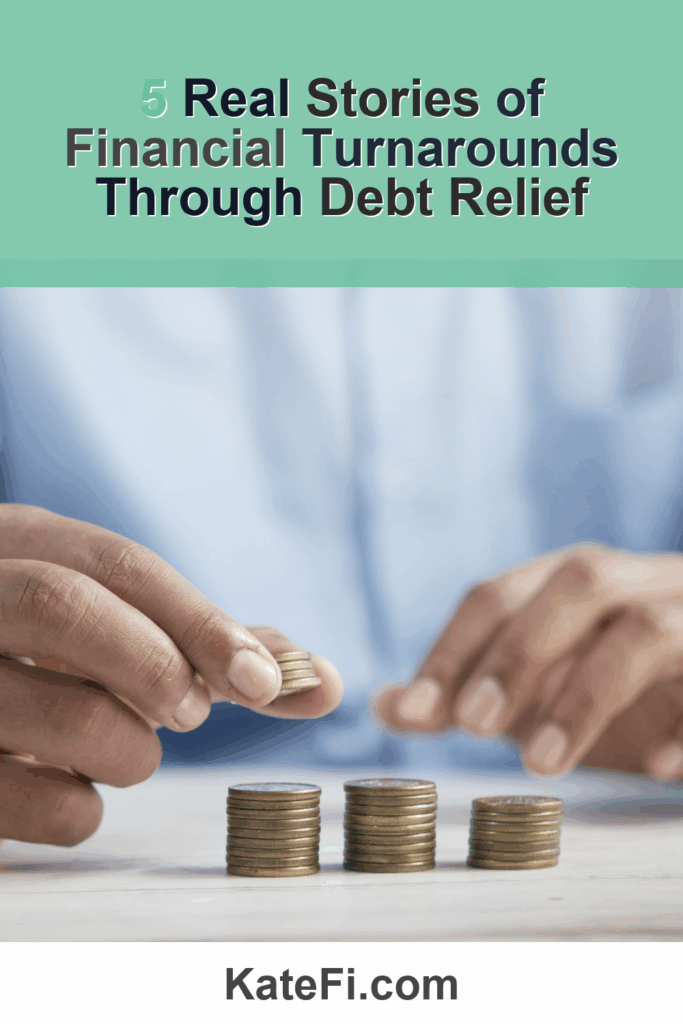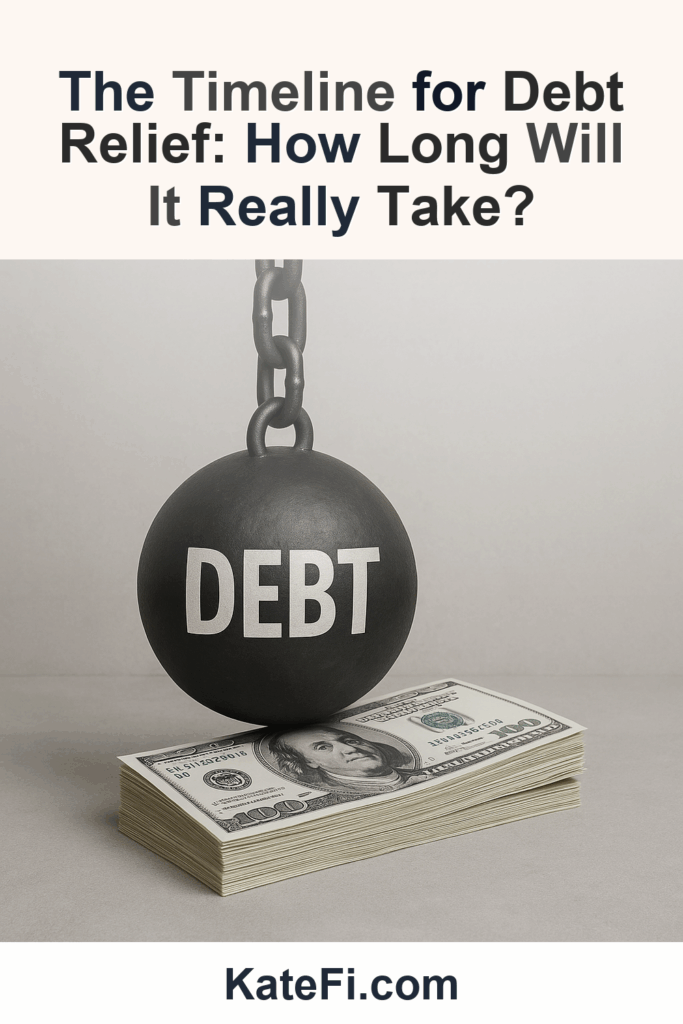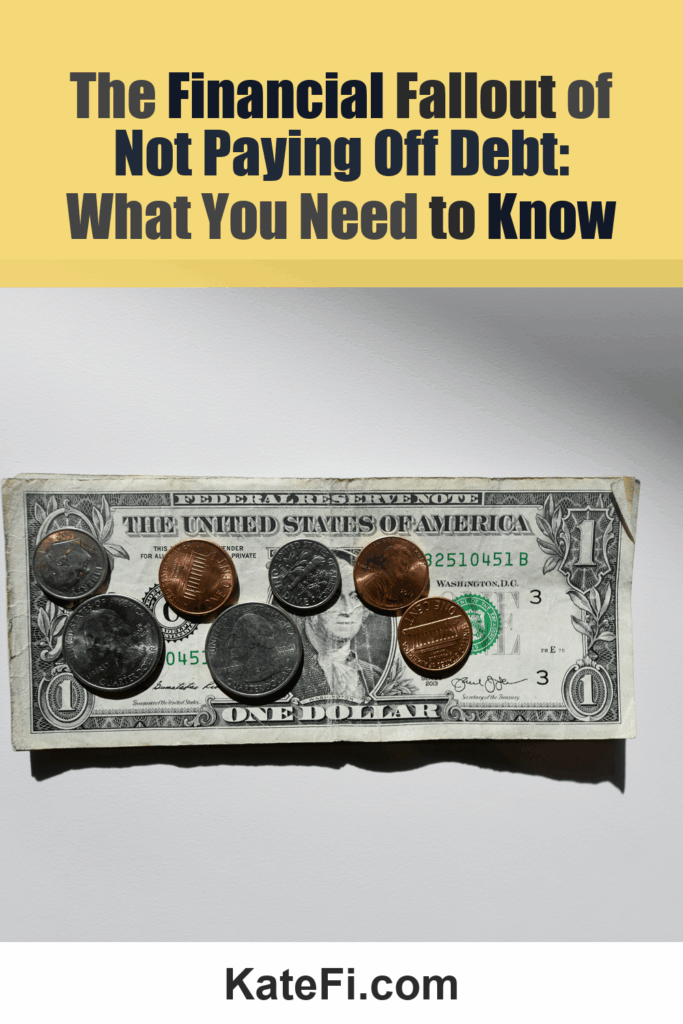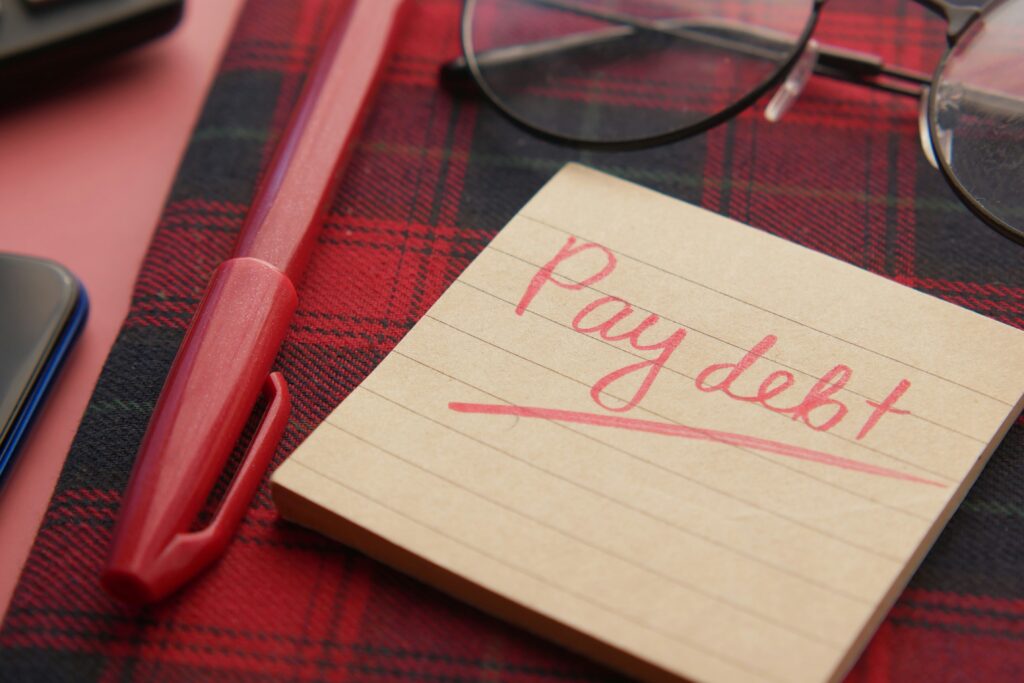How to Save Money While Paying Off $30,000 in Debt: A Practical Guide
Debt can feel overwhelming, especially when you’re faced with a daunting figure like $30,000. However, it is possible to pay off your debt while simultaneously saving money. In this guide, we’ll explore practical steps that not only help you manage your finances but also offer insights into how these decisions might impact your credit score. Along the way, we’ll also encourage you to consider getting a free consultation to review your options for debt relief.
Love our content? Show your support by following us — pretty please!🥺
FOLLOW ON PINTEREST
Hi! I’m Kate, the face behind KateFi.com—a blog all about making life easier and more affordable.
1. Assess Your Financial Situation
Lower Your Unsecured Debt
If you have $5,000+ in credit card or personal loan debt, a free consult can review options like settlement or hardship plans.
- One-on-one call to review your debts and goals
- See potential monthly payment reductions
- No obligation to enroll
Not available in IL, KS, OR, TN, UT, WV.
Before making any financial moves, it’s essential to understand where you currently stand. Here’s a quick checklist of documents and information you need to gather:
- Recent bank statements
- Pay stubs or proof of income
- Monthly expenses breakdown
- Existing debt statements (credit cards, loans)
- Credit report (you can get a free report annually)
Having these documents will help clarify your financial picture and can also speed up the process if you decide to pursue debt relief options.
✅ See If You Qualify for Debt Relief
2. Create a Realistic Budget
A well-planned budget can help you allocate funds toward your debt while still saving for future needs. Here’s a simple budgeting script to follow:
- List all income sources.
- Track monthly expenses (fixed and variable).
- Subtract total expenses from income.
- Identify how much you can allocate to debt repayment and savings.
Don’t forget to include an emergency fund—this can prevent additional debt in unexpected situations.
3. Explore Debt Consolidation Options
Understand pros/cons of settlement vs consolidation vs DMP for your exact mix of debts.
Not available in IL, KS, OR, TN, UT, WV.
Debt consolidation could simplify your repayments, potentially lower your interest rates, and save you money in the long run. Here’s a quick comparison table of the common debt consolidation options:
| Option | Pros | Cons |
|---|---|---|
| Personal Loans | Fixed payments, potentially lower rates | Could require good credit for approval |
| Balance Transfer Cards | Lower or zero interest for an introductory period | High fees, high interest after the promo |
| Home Equity Loans | Lower interest rates | Puts your home at risk |
Consider discussing these options with a financial expert who can guide you based on your personal situation.
✅ See If You Qualify for Debt Relief
4. Make Extra Payments When Possible
If you can spare some additional funds, consider making extra payments on your debt. Here’s a simple script to calculate how much extra you can afford to pay:
- Review your budget and find discretionary spending that can be reduced.
- Allocate that amount as an extra payment toward the debt with the highest interest rate.
By doing this, you’ll save on interest in the long run. Remember, this strategy can also impact your credit score positively by showing responsible credit usage.
5. Automate Your Payments
👉 Start Your Free Debt Relief Review
Not available in IL, KS, OR, TN, UT, WV.
Setting up automatic payments can prevent late fees and missed payments, which can negatively affect your credit score. Here’s a checklist for automating payments:
- List all debts and their payment due dates.
- Set up automatic transfers from your bank account.
- Ensure you have enough in your account to cover these payments.
This method also helps you maintain a consistent payment history, crucial for improving your credit over time.
✅ See If You Qualify for Debt Relief
6. Cut Unnecessary Expenses
Examine your spending habits critically. Here are some common expenses to consider cutting:
- Subscription services (streaming, magazines, etc.)
- Dining out and takeout meals
- Impulse buys
Creating a savings strategy around these cuts can free up extra money for debt payments.
7. Increase Your Income
If feasible, consider ways to boost your income. This could include:
- Part-time work or freelance gigs
- Selling items you no longer need
- Offering a service (pet sitting, tutoring, etc.)
Every little bit helps and can contribute significantly to paying off your debt faster.
8. Consider Professional Help
Sometimes, navigating debt on your own can feel like an uphill battle. Seeking professional help through a debt relief program may provide options you haven’t considered. Here’s a script to approach this conversation:
- State your current financial situation.
- Ask about available debt relief options that fit your circumstances.
- Inquire about any potential impact on your credit score.
Professional guidance can often lead to more effective strategies tailored to your specific situation.
✅ See If You Qualify for Debt Relief
9. Monitor Your Credit Score
Regularly checking your credit score can help you understand how your actions are affecting your credit profile. Here’s a checklist for monitoring your score:
- Sign up for free credit score alerts.
- Review your credit report for any discrepancies.
- Observe how different payment strategies impact your score.
While you might see short-term fluctuations in your credit score due to higher utilization rates or missed payments, consistently managing your debts positively will improve your score in the long run.
The Tradeoff: Short-Term vs. Long-Term Credit Impact
It’s essential to understand that actions taken now, while necessary for financial relief, might have short-term implications on your credit score. However, as you work diligently to pay off your debt, you’ll gradually notice improvements in your credit score due to reduced utilization rates and a consistent payment history.
In summary, taking a proactive approach to managing and reducing your debt while implementing money-saving strategies can result in a healthier financial situation and an improved credit score over time. For personalized assistance, don’t hesitate to consider getting a free consultation to explore your options.
Important: This content is for education only—not legal, tax, or financial advice. Results and eligible programs vary by situation and state. Fees apply if you enroll and complete a program. Debt relief can affect credit; missed payments may lead to collections/lawsuits. Not available in IL, KS, OR, TN, UT, WV.
By following these steps and continually reassessing your financial situation, you’ll not only be able to save money while paying off $30,000 in debt but also set yourself up for a brighter financial future.




